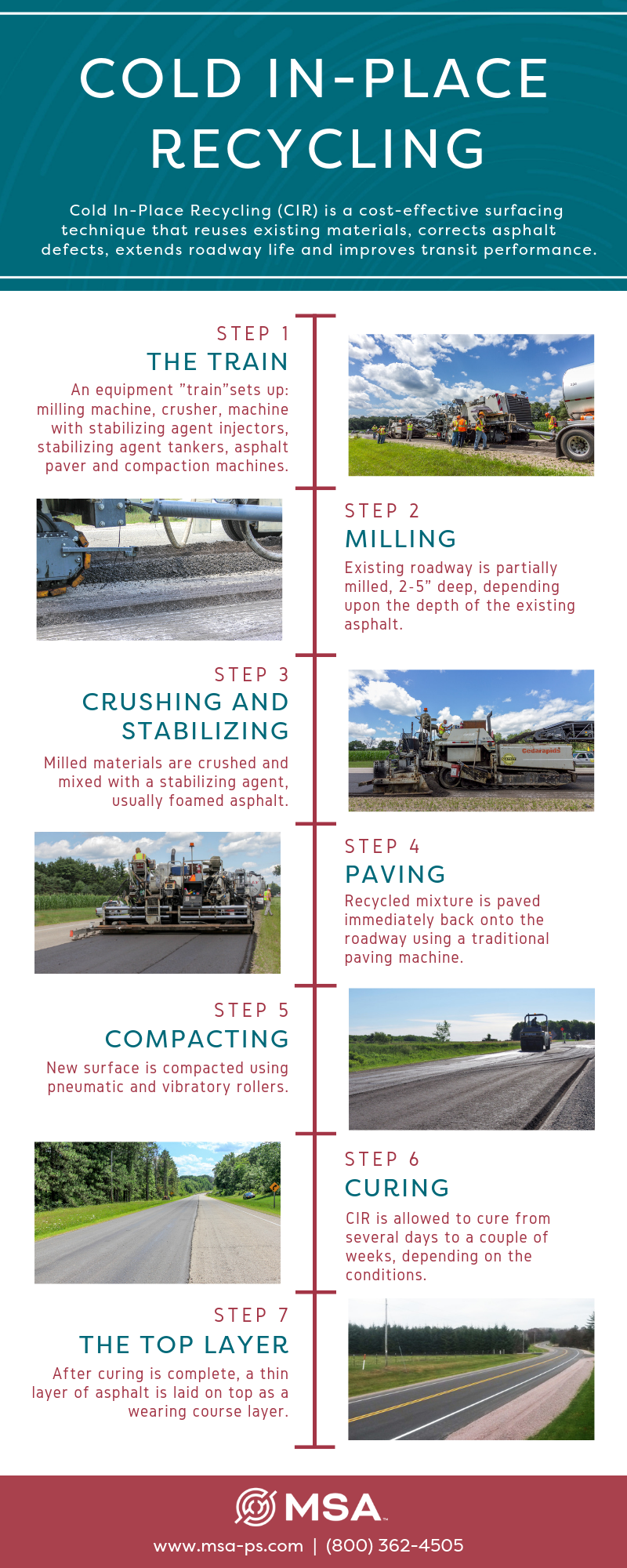In a world of diminishing natural resources and increasing demand, citizens and industries alike are looking for ways to make more out of less. This includes local highway departments and state DOTs, many of whom are choosing new techniques to cut back on costs, recycle surfacing materials and conserve our non-renewable resources – all while improving roadway performance.
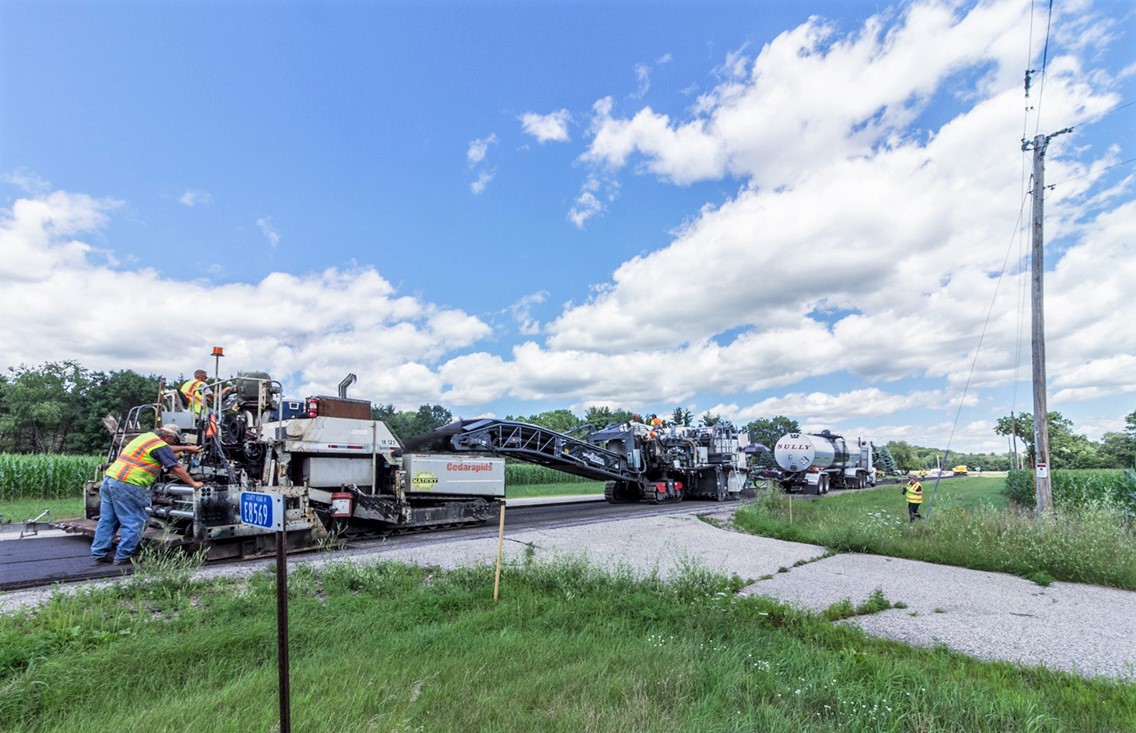
According to the National Asphalt Pavement Association, the United States has more than 2.7 million miles of paved roads and highways, 94 percent of which are surfaced with asphalt. To meet that need, our country is home to 3,500 asphalt plants, which together produce over 400 million tons of asphalt pavement each year. A traditional asphalt slurry contains about 5% asphalt cement—derived from naturally occurring petroleum—mixed with about 95% aggregate: stone, sand and gravel. Heated up to congeal, it is used in the most common method of highway surfacing – mill and overlay. Concerns about the widespread use of asphalt across industries involves a dependence upon the depleting supply of the crude petroleum itself, the drilling and controversial fracking necessary to recover it, and the link made between its over-use and global warming.
Enter: Cold In-Place Recycling.
Cold In-Place Recycling (CIR) is gaining popularity as an innovative road surfacing technique for a variety of reasons. It is a faster and more cost-efficient means of road surfacing which reduces delays during construction, shrinks project time and project cost. It saves on materials by reusing existing materials, conserves non-renewable natural resources such as petroleum and aggregate and saves on energy use due to the “cold” process that requires only a minimal amount of heat. CIR also preserves the existing roadway geometry, does not disturb the sub-grade soils and aids in the mitigation or elimination of pavement surface distress, which ultimately improves transit performance. This in-situ method of paving reuses 90-100% of the existing pavement and can extend a roadway’s life cycle upwards of 10 or 15 years.
How is Cold In-Place Recycling done?
Step 1: A multi-unit “train” of equipment is the most common setup for CIR projects. These independent machines work in concert and include a milling machine, crusher, modified milling machine with stabilizing agent injectors, stabilizing agent tankers, an asphalt paver and compaction machines.
Step 2: The existing roadway is partially milled, generally to a depth of 2-5 inches, depending upon the depth of the existing asphalt material. For situations needing more advanced slope correction, pre-milling is recommended.
Step 3: The milled materials are crushed, sometimes screened to size and mixed with an added stabilizing agent, usually foamed asphalt.
Step 4: The recycled mixture is paved immediately back onto the roadway using a traditional paving machine.
Step 5: The new surface is compacted by use of a combination of pneumatic and vibratory rollers.
Step 6: CIR is allowed time to cure, which can take from several days to a couple of weeks, depending on conditions. DOT projects generally require drying to a moisture content of 2.5%, which often takes at least a week. Fortunately, vehicles are allowed to drive on the surface throughout the curing process, so it is not much of an impediment for traffic flow.
Step 7: After curing is complete, a thin layer of asphalt is laid on top as a wearing course layer.
How does Cold In-Place reduce costs?
CIR has a great potential to yield economic savings while improving the quality of roads. It is estimated that Cold In-Place saves up to 50% in resurfacing costs compared to traditional Mill and Overlay methods. This is done by using reclaimed asphalt on site, eliminating the need to dispose of the old materials elsewhere. It also reduces transportation and staffing needs moving materials to and from the project site.
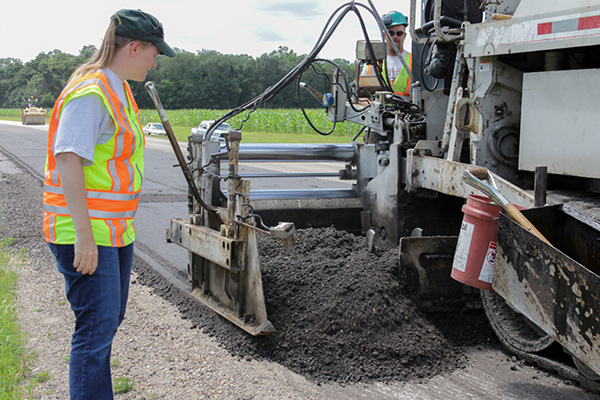
How is Cold In-Place more environmentally friendly?
Research about the environmental benefits of CIR by the Recycled Materials Resource Center at the University of Wisconsin-Madison College of Engineering has revealed that Cold In-Place recycling saves, on average, 23% in both energy consumption and carbon dioxide emissions and 20% in paving-related water consumption as compared to the Mill and Overlay method. In addition, CIR reduced overall virgin aggregate consumption by 37%. The U.S. uses approximately 1.3 billion tons of aggregate each year—the majority of which is virgin material— and 58% of that is utilized for road construction projects. By sheer reuse of existing materials, CIR greatly diminishes the need for new asphalt and associated aggregate – providing a savings in materials, costs, and transportation.
How is Cold In-Place most effective?
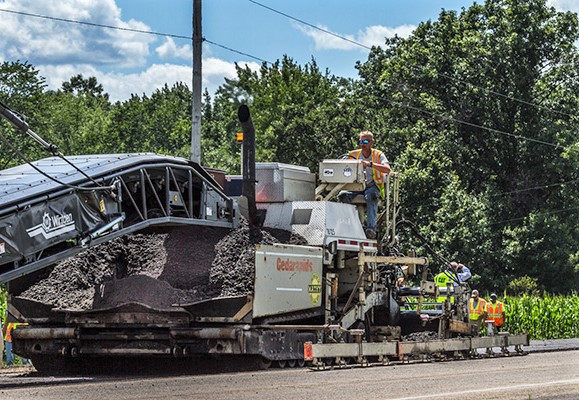
While CIR has a wealth of benefits, it is not the answer for every roadway paving project. It has found the best success on low- to moderate-volume roadways that do not have any major underlying structural issues. However, it can also provide a wealth of solutions. CIR can correct deep asphalt defects such as rutting, fatigue or alligator cracking. It can also address utility cuts that cannot generally be remedied by a simple surface treatment or overlay. Cold In-Place also allows for minor corrections to the profile of a road surface, but only if material is added ahead of time or removed by pre-milling. It also reduces reflective cracking, which is cracking related to concentrated and repeated stress, often in the same location and similar in shape to the crack in the older pavement below. Reflective cracks allow for water to enter the pavement body, accelerating the deterioration rate.
Cold In-Place project experience
MSA has been involved in several Cold In-Place Recycling projects, recently designing a 16-mile CIR project along STH 93 in Trempealeau County, Wisconsin, and performing construction management of a 4.9-mile CIR project on CTH F in Marathon County, Wisconsin.
The first significant MSA-designed CIR project involved CTH H in Sauk County, Wisconsin – a rural, county highway department project. The pavement rehabilitation extended 12.2 miles along CTH H and involved pulverizing and relaying the existing driving surface using Cold In-Place Recycling. A couple of specific segments that ran through the communities of Reedsburg and Wisconsin Dells involved the milling and overlaying of pavement to match the adjacent curb and gutter, with the added upgrading of beam guard throughout. This was one of the very first projects in the state of Wisconsin to use the CIR process—and more notably—a specialized CIR machine that combined several of the process functions into one machine. The project earned a 2016 Excellence in Asphalt Paving Award from the Wisconsin Department of Transportation.
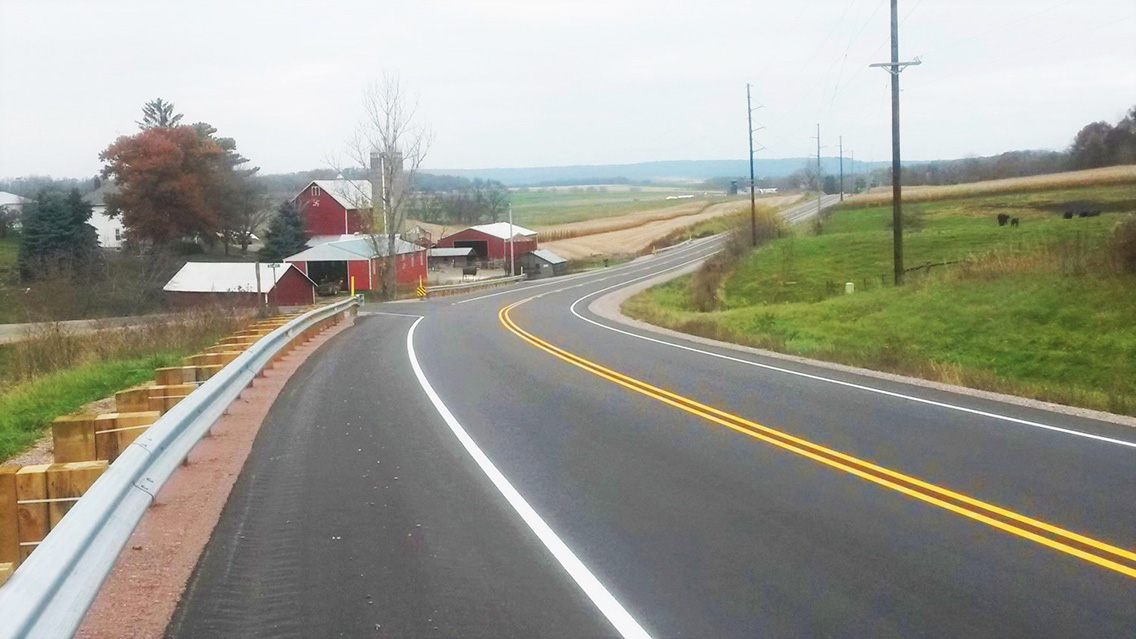
Curious to learn more? Start a conversation with MSA’s Transportation Services team about how your community can best maximize resources, minimize impacts and plan for the roads of tomorrow.
